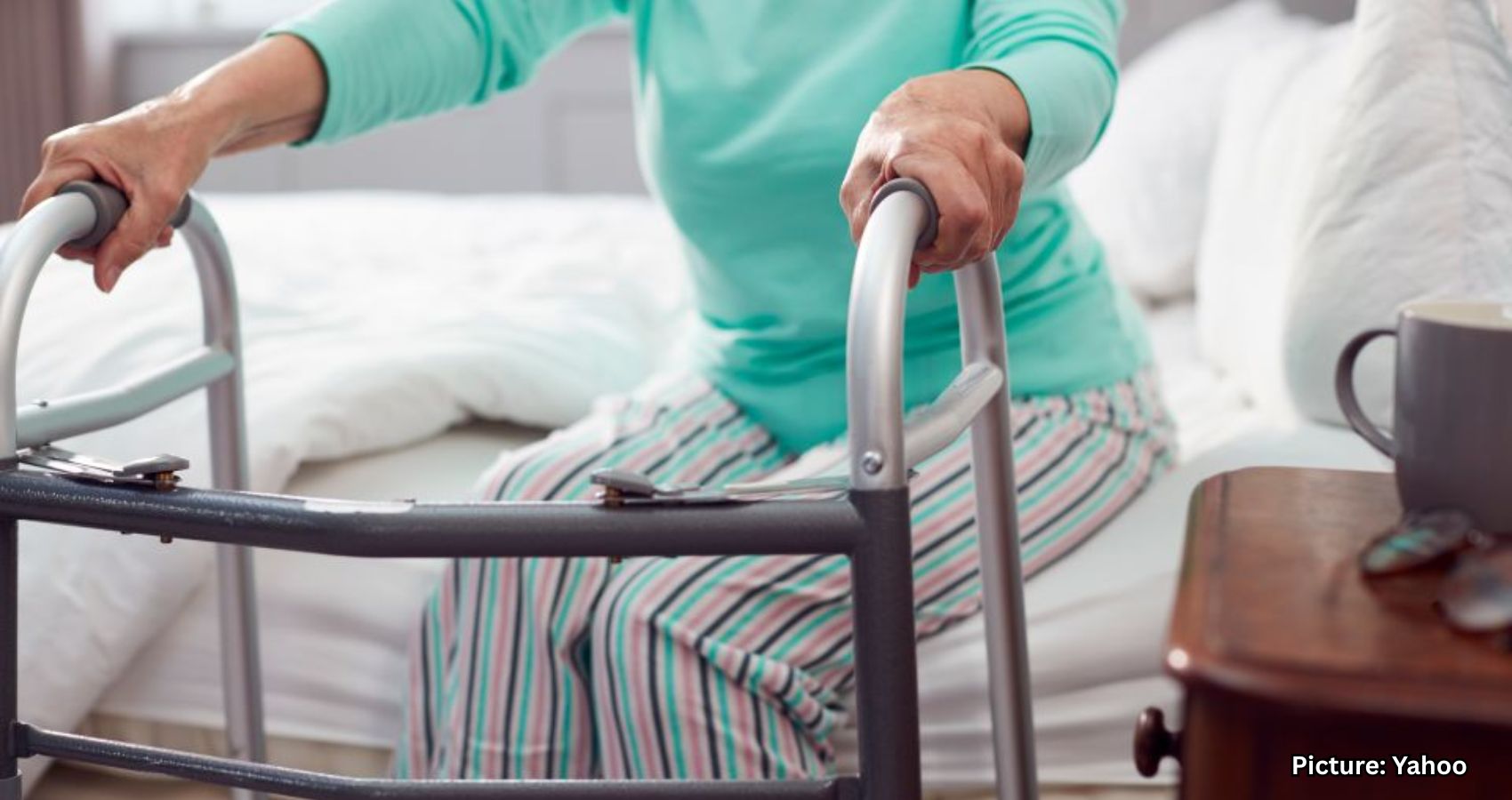A recent report by the U.S. Centers for Disease Control and Prevention (CDC) reveals a troubling rise in unintentional fall-related deaths among older adults in the United States, with white seniors representing the vast majority of these fatalities. The study, released on Wednesday, indicates that between 2003 and 2023, the death rates from falls have significantly increased across all senior age groups.
According to the CDC’s findings, the mortality rate due to falls climbed by more than 70% for individuals aged 65 to 74 over the 20-year period. For those aged 75 to 84, the rate rose by more than 75%. The most dramatic rise was seen among adults 85 and older, where the rate more than doubled. This alarming trend underscores the growing risk older Americans face from what might seem like simple accidents.
“Falls continue to be a public health problem worth paying attention to,” commented Geoffrey Hoffman, a University of Michigan researcher not involved in the CDC study. He added, “It’s curious that these rates keep rising.” Hoffman, who has extensively studied elderly fall patterns, emphasized the importance of understanding the increasing death rates and their implications for public health.
The CDC did not delve into specific reasons for the rising rates, but many experts suggest a combination of contributing factors. One explanation could be that as medical examiners and doctors become more precise in determining causes of death, they are increasingly identifying falls as the root cause. Another contributing factor may be the aging population in the U.S., with more people living well into their 80s and beyond — ages where the repercussions of a fall are more likely to prove fatal.
In 2023 alone, more than 41,000 Americans of retirement age died due to unintentional falls. This figure represents the most recent year for which comprehensive data from death certificates are available. These deaths accounted for roughly 1 out of every 56 deaths among older Americans that year. The analysis underscores how common and deadly falls have become for the elderly.
The data further reveal that over half of the 41,000 fall-related deaths occurred among individuals aged 85 and older. Within this oldest age bracket, white Americans made up an overwhelming 87% of the fatalities. This racial disparity is particularly noteworthy and somewhat unexpected, given that health statistics often show minority groups facing greater health risks.
Hoffman pointed to this inversion of typical health disparities, saying, “Kind of a flip of the traditional disparity lens.” He explained that in most categories of illness and injury, people of color are usually overrepresented. However, in the case of fatal falls, white seniors are disproportionately affected.
The consequences of falling extend beyond the fall itself. They often lead to severe injuries such as head trauma or broken bones, which can result in permanent disability. In many cases, a fall may also set off a series of health complications that can accelerate decline and lead to death. Contributing factors to falls can include impaired vision or hearing, weakened balance, and side effects from medications that may cause dizziness or confusion.
Interestingly, the rate of fall-related deaths varied widely across different states in 2023. Wisconsin topped the list with the highest death rate from falls, followed by Minnesota, Maine, Oklahoma, and Vermont. In stark contrast, Alabama had the lowest rate, with Wisconsin’s numbers being more than five times higher.
Experts suggest that climate may partly explain these regional discrepancies. Cold weather and icy conditions in states like Wisconsin and Minnesota could increase the risk of falls among the elderly. But weather alone does not fully account for the differences. Other possible factors include varying levels of accuracy and consistency in how falls are reported and whether they are officially listed as the cause of death.
“We’ve yet to unravel why you see such differences in state rates,” said Hoffman, noting the complexity of factors behind the state-by-state variation. His comments reflect the ongoing challenge researchers face in understanding the full scope of what contributes to fatal falls and why certain populations are more at risk.
Another mystery that remains unresolved is why white seniors, particularly those aged 85 and older, are dying from falls at significantly higher rates than their counterparts in other racial and ethnic groups. In this oldest age group, white Americans experience death rates from falls that are two to three times higher than those of other racial demographics. Black seniors, notably, had the lowest death rate from falls in the same age group.
This pattern goes against the broader trend seen in most public health data, where racial minorities often bear a higher burden of disease and injury. The reasons behind this particular trend are still unclear, and more research is needed to explore social, environmental, and medical factors that may be at play.
Despite the uncertainties, there are measures that can help prevent falls and reduce risk. One of the most effective recommendations from experts is staying physically active. Regular exercise can improve balance, strength, and coordination — all critical for fall prevention. Physical activity also plays a key role in maintaining bone density and joint flexibility, which can help the body withstand and recover from a fall if one does occur.
The growing rate of fall-related deaths among seniors highlights a pressing public health concern. As Americans continue to live longer, addressing fall prevention becomes increasingly important. Better understanding the underlying causes — from physiological changes to social and environmental factors — is essential for developing targeted interventions and strategies that can help save lives.
In summary, the CDC’s report sheds light on a silent but deadly threat facing aging Americans: unintentional falls. With rates climbing sharply over two decades and disproportionately affecting white seniors, the findings call for greater attention and action. More research is needed to fully grasp the complex web of factors contributing to this trend, but experts agree on one thing — staying active and vigilant can make a significant difference.

